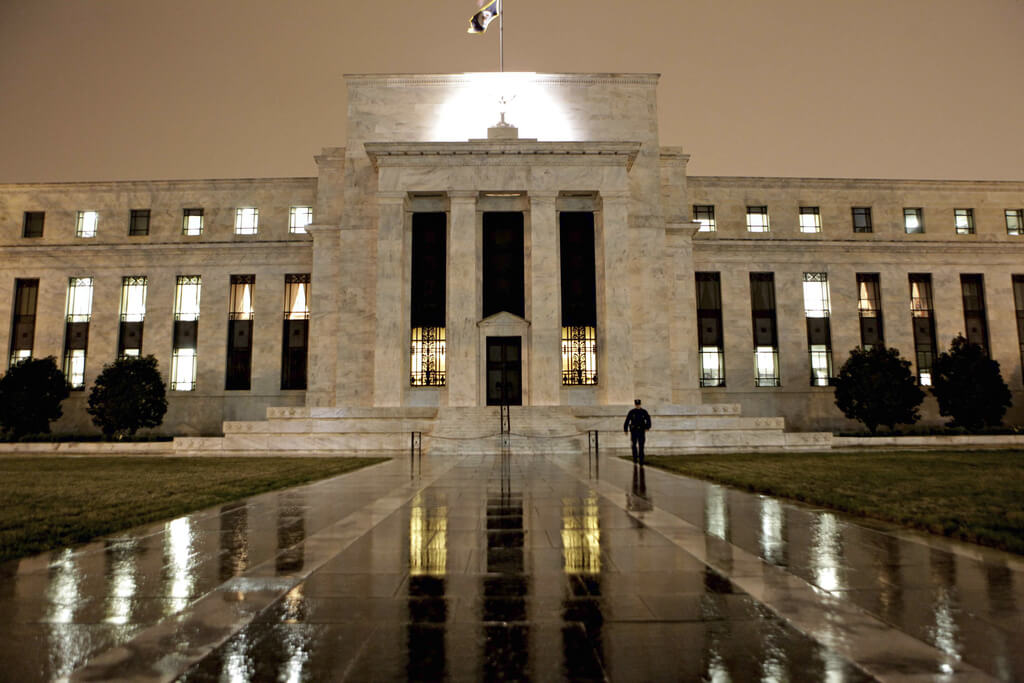What unconventional policies are likely to stay in central bankers’ toolkits?

In responding to the global financial crisis back in 2007, central bankers in many countries tried policies that had once seemed unthinkable. Nominal interest rates were slashed to zero and kept there for years. Central banks purchased trillions of dollars of assets, and their communication practices were radically changed. The recovery from the crisis over the past several years also sparked debate about even further changes to central bank tools and targets. Now, almost 10 years after the start of the crisis, will some of these new policies endure?
One way to figure out what post-crisis monetary policy tools are still considered to be useful is to ask the people most likely to make those decisions—central bankers and academic economists who study monetary policy. A recent paper by Alan Blinder of Princeton University, Michael Ehrmann of the European Central Bank, Jakob de Haan of the University of Groningen, and David-Jan Jansen of De Nederlandsche Bank does exactly that. The four economists sent out a survey to academic economists whose research covers monetary policy and central bankers across the world. The central bankers were from 55 different banks, and 16 of them were from high-income countries. The 159 economists who replied were much more concentrated in high-income countries, with 101 of them currently living in the United States.
Academics appear to be much more willing to keep the new unconventional tools of the past few years, while central bankers are a bit more hesitant. One case in point: 68 percent of the surveyed academics want to keep quantitative easing—the purchasing of large quantities of assets—using government debt in the policy toolkit. Compare that with the 35 percent of central bankers who want to keep quantitative easing as a viable policy measure. The gap disappears when only central bankers from high-income countries are included, with about 54 percent of those bankers wanting to keep it around.
A more significant difference is related to forward guidance. This form of central bank communication calls for central banks to forecast publicly future policy decisions such as interest rate hikes. Both central bankers and academics want to keep forward guidance around, but they are torn between what kind of guidance is best. Academics, about 69 percent of them, favor data-based forward guidance, where changes in policies are tied to specific thresholds such as a level of the unemployment rate. Central bankers tend to prefer more qualitative forward guidance, which allows for more wiggle room for changes in policy.
So it seems from the survey done by the four economists that several of the key monetary policy innovations of the crisis era are likely to remain in central bankers’ toolkits. Yet academics and central bankers also should consider the policies they didn’t pull out during the panic, such as nominal gross domestic product targeting. Remember that several unconventional ideas back in 2007 eventually became real-world policy. Who knows what the next downturn might require central bankers to turn to spark a turnaround.
